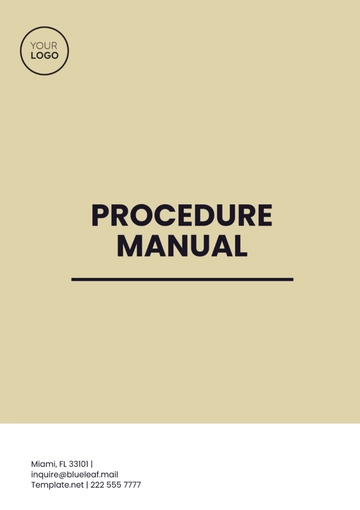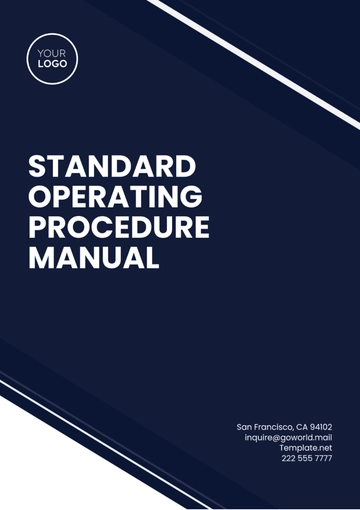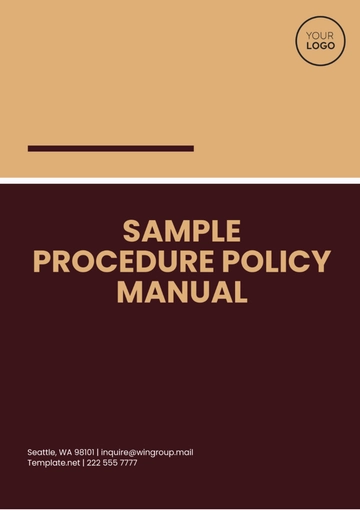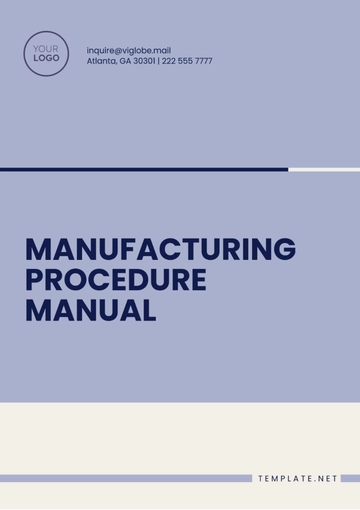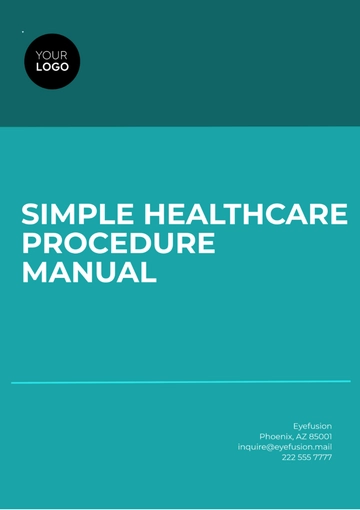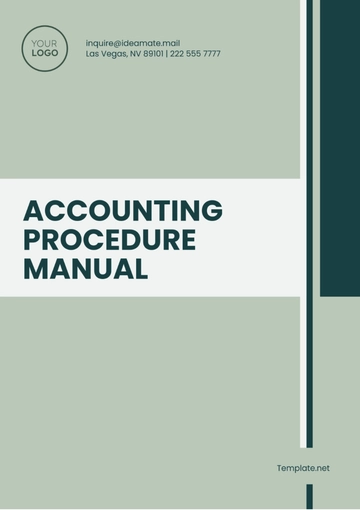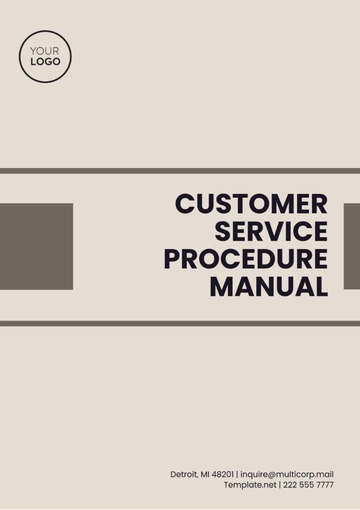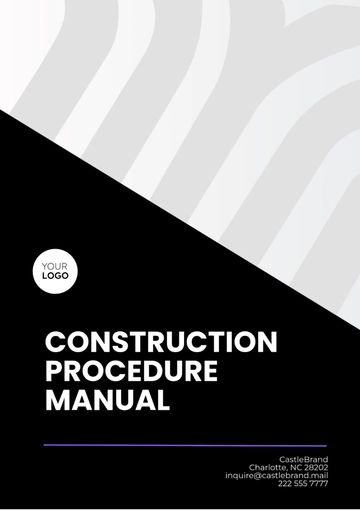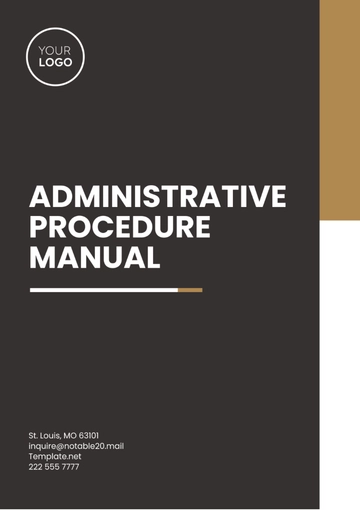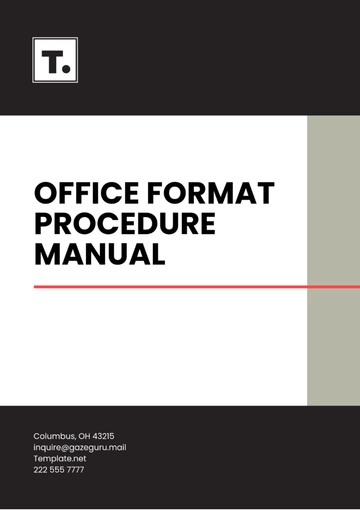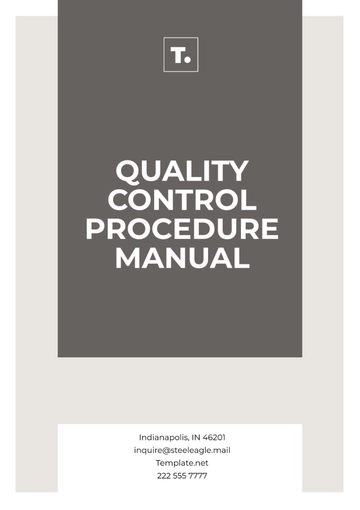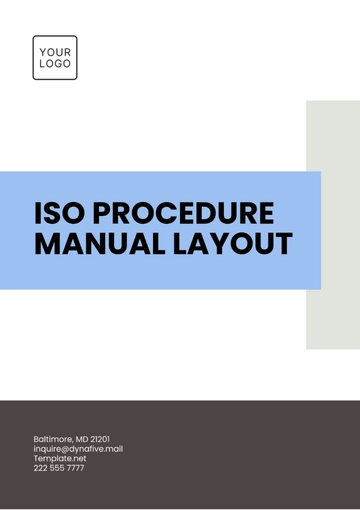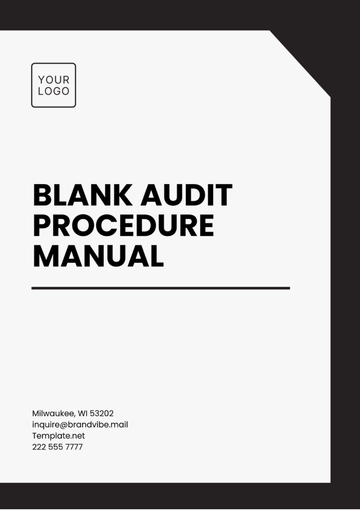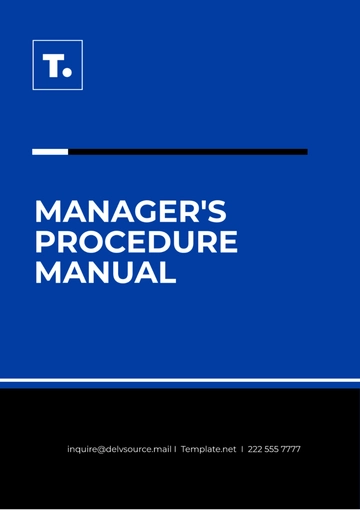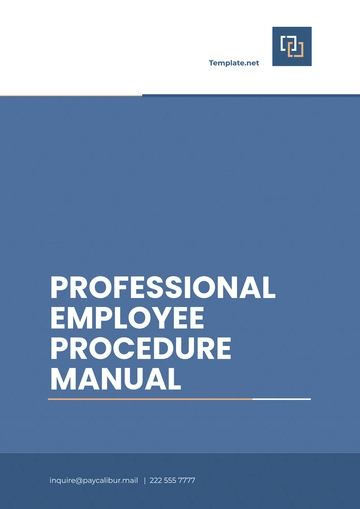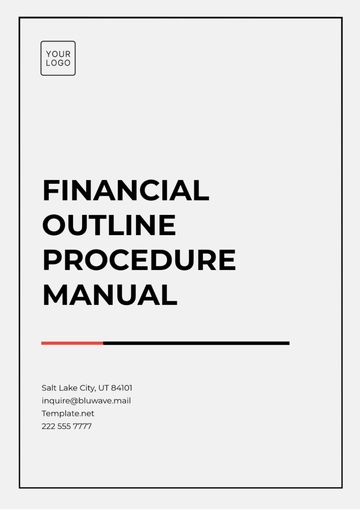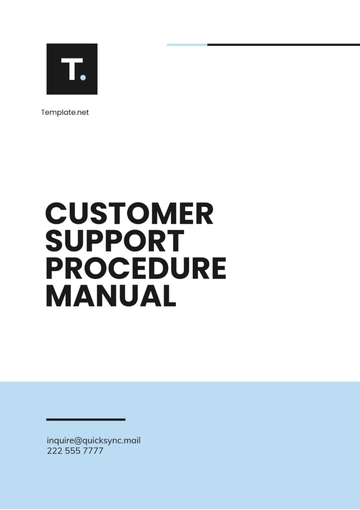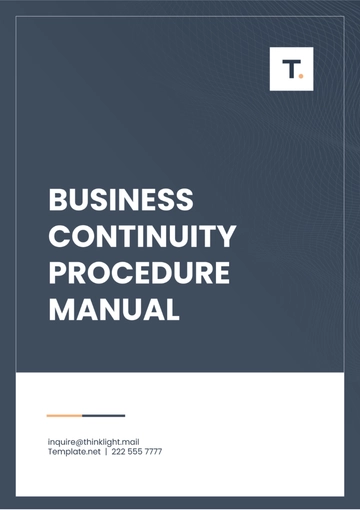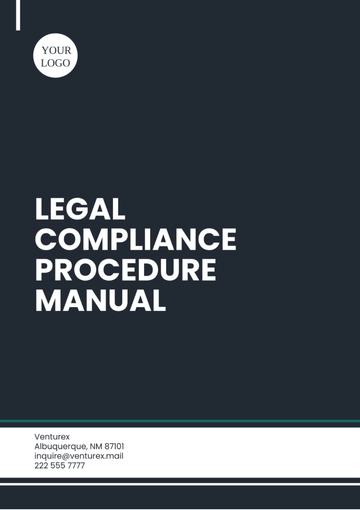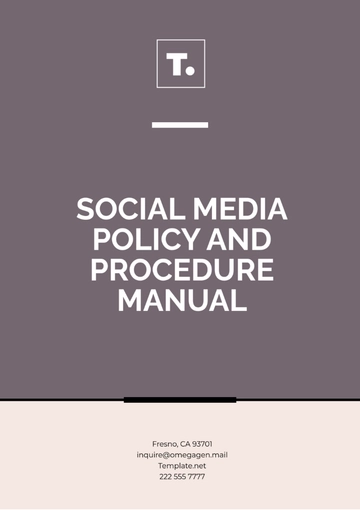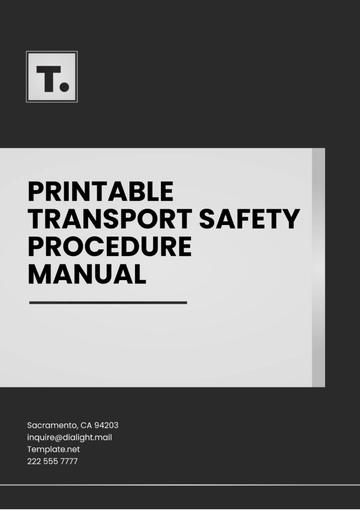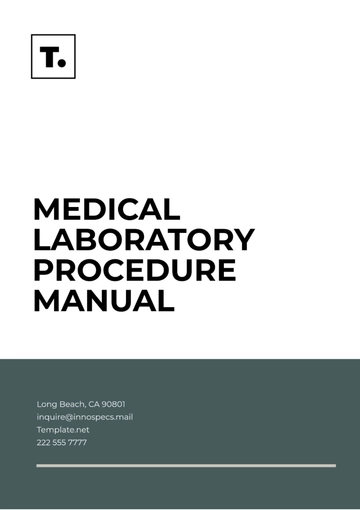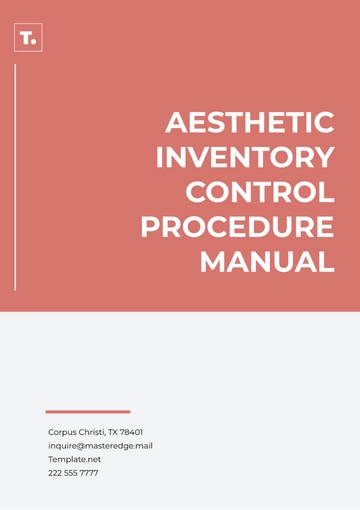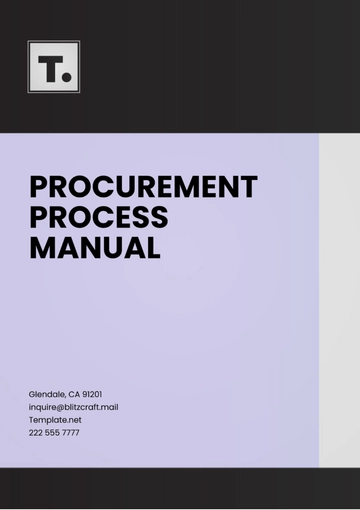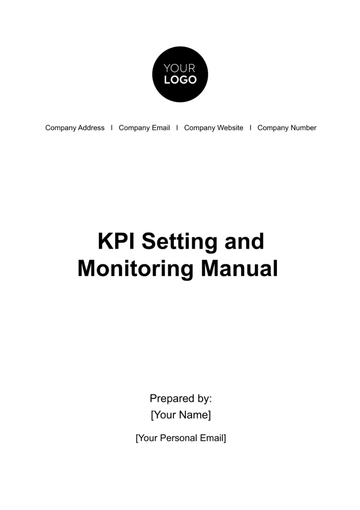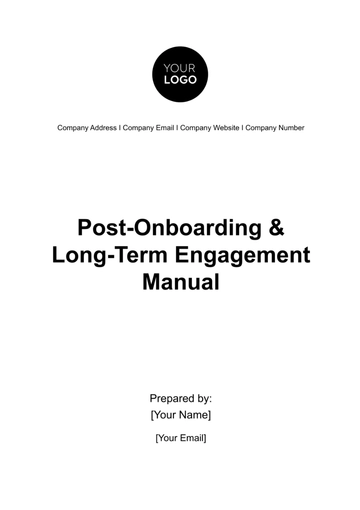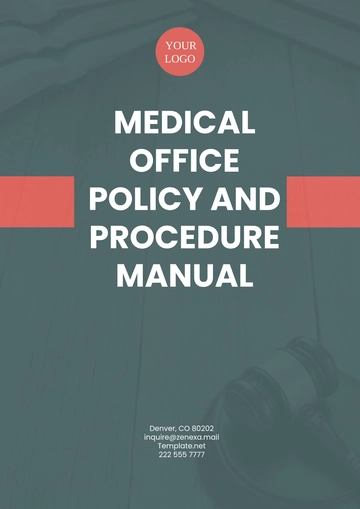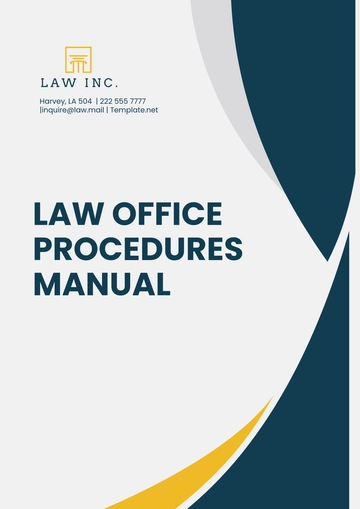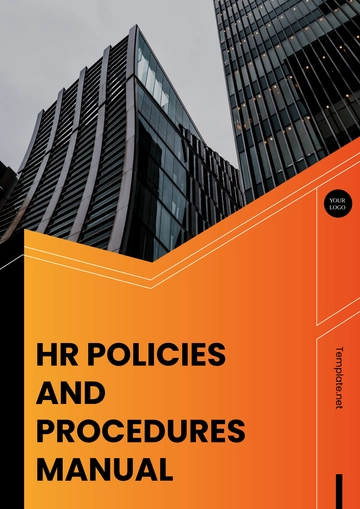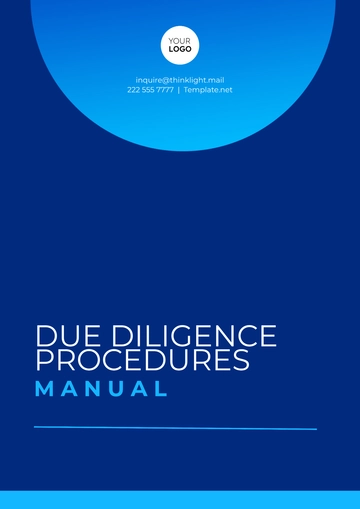Free Construction Procedure Manual
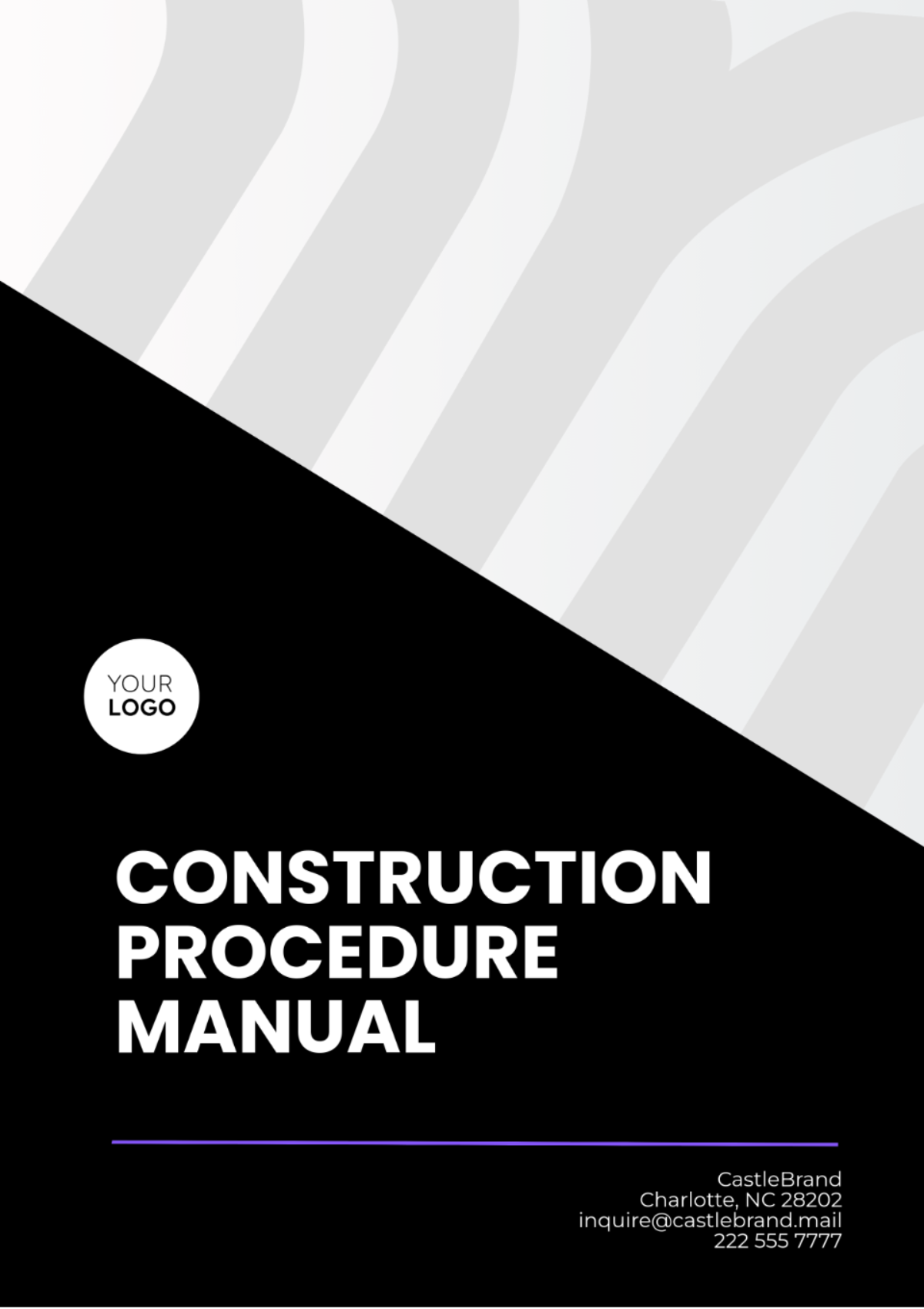
Prepared by: [Your Name]
Date: March 1, 2060
I. Introduction
This manual serves as a comprehensive guide to the construction procedures for our current project. Its purpose is to ensure consistency, quality, and safety throughout the construction process. It covers the roles and responsibilities of team members, as well as the detailed steps required for executing various construction tasks.
II. Project Overview
The project involves the construction of a commercial office building. The objective is to complete the project within 18 months, with a focus on sustainable building practices and compliance with local regulations. The project aims to achieve high quality and safety standards.
III. Roles and Responsibilities
Successful execution of the project relies on clear roles and responsibilities:
Project Manager: Oversees project planning and execution, coordinates between teams, and manages budget and timeline.
Site Supervisor: Manages on-site construction activities, ensures adherence to plans and safety regulations, and communicates with contractors.
Construction Workers: Execute construction tasks according to the supervisor's instructions and maintain site cleanliness and safety.
Quality Control Officer: Monitors all processes to ensure compliance with quality standards.
IV. Construction Procedures
Each construction task is critical to the successful completion of the project. Below are the key procedures involved:
Site Preparation: Conduct a thorough site survey, remove any existing vegetation, and clear the area for construction. Excavation and grading may also be required to create a level foundation.
Foundation Laying: Begin by excavating trenches for the foundation. Install necessary rebar and formwork, and pour high-strength concrete to create a stable base for the structure.
Framing: Construct the main frame of the building, including load-bearing walls, roof trusses, and floor systems. This stage involves heavy machinery and requires precision to ensure structural integrity.
Utility Installation: Install plumbing, electrical, and HVAC systems according to building codes and industry standards. Coordination between different trades is essential to avoid conflicts between systems.
Finishing: Complete the finishing touches, including drywall installation, painting, exterior cladding, flooring, and landscaping. This is the final stage where the building takes its final form.
V. Health and Safety Procedures
Maintaining a safe working environment is a top priority. All personnel must adhere to the following procedures:
Personal Protective Equipment (PPE): Workers must wear appropriate PPE at all times, including hard hats, safety boots, high-visibility vests, gloves, and safety glasses, to minimize the risk of injury.
Emergency Response: Workers should be familiar with first aid procedures, fire evacuation routes, and emergency exits. A fully stocked first aid kit should be available at all times.
Site Safety Audit: Regular safety audits should be conducted to identify potential hazards and ensure that corrective measures are implemented. Safety briefings and refresher training sessions are essential.
VI. Quality Control Procedures
To ensure the project meets the highest standards, the following quality control measures will be employed:
Material Inspection: Before any materials are used in construction, they must be thoroughly inspected to ensure they meet the required specifications for quality and safety.
Workmanship Evaluation: Regular inspections will be carried out to assess the quality of workmanship. Any deficiencies will be addressed immediately to prevent them from affecting the overall quality of the work.
Deficiency Reporting: Any issues or deviations from project specifications should be promptly documented and resolved. A deficiency log should be maintained, and corrective actions tracked.
VII. Environmental Guidelines
As part of our commitment to sustainability, we will adhere to the following environmental guidelines:
Waste Management: Implement a recycling and waste management program to minimize construction waste. Non-recyclable materials should be disposed of in an environmentally responsible manner.
Resource Conservation: Employ water and energy conservation practices, including using low-energy equipment and minimizing water usage during construction and site operations.
Pollution Prevention: Reduce dust and emissions through regular site cleaning, use of dust control measures, and maintaining equipment to minimize air pollution.
VIII. Compliance and Regulations
Compliance with all relevant legal and regulatory standards is essential to the success of the project:
Building Codes: All work will be conducted in full accordance with local building codes, zoning regulations, and industry standards. The Project Manager will ensure that any necessary code updates are incorporated into the project.
Permits and Approvals: Prior to commencing construction, all necessary permits and approvals must be obtained. These include zoning permits, environmental clearances, and safety inspections.
Inspections: Regulatory inspections will be scheduled throughout the construction process. All inspections must be passed to ensure compliance with safety, structural, and environmental standards.
IX. Documentation and Reporting
Daily Logs: Maintain a detailed log of daily construction activities, including the workforce, equipment used, and materials delivered. This documentation ensures transparency and helps track any changes.
Progress Reports: Weekly reports will summarize project status, milestones achieved, and any issues or delays. These reports will be shared with stakeholders to keep everyone informed.
Issue Tracking: Any issues that arise during construction should be documented and addressed promptly. The resolution steps, along with any additional resources required, should be noted.
X. Conclusion
In conclusion, adhering to the guidelines outlined in this manual ensures the successful, safe, and compliant completion of the construction project. For further details or queries, refer to the appendices or contact the project manager. Continued collaboration and adherence to standards are essential to maintaining the quality and integrity of the construction process.
- 100% Customizable, free editor
- Access 1 Million+ Templates, photo’s & graphics
- Download or share as a template
- Click and replace photos, graphics, text, backgrounds
- Resize, crop, AI write & more
- Access advanced editor
Ensure safety and consistency on construction sites with the Construction Procedure Manual Template from Template.net. This editable and customizable manual covers essential construction protocols, from safety measures to equipment handling guidelines. Editable in our AI Editor Tool, you can customize the manual to reflect your specific site requirements and compliance standards.
